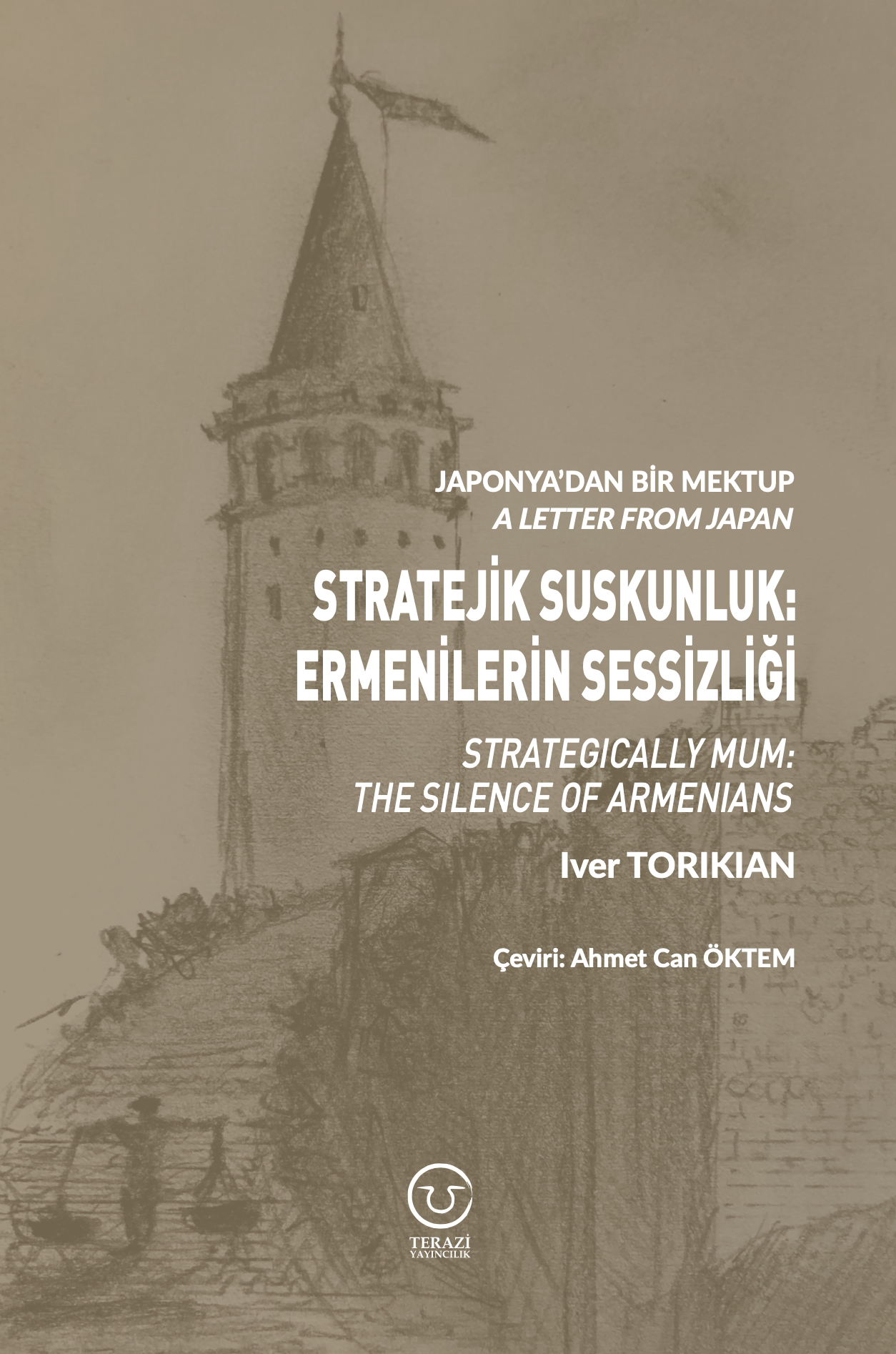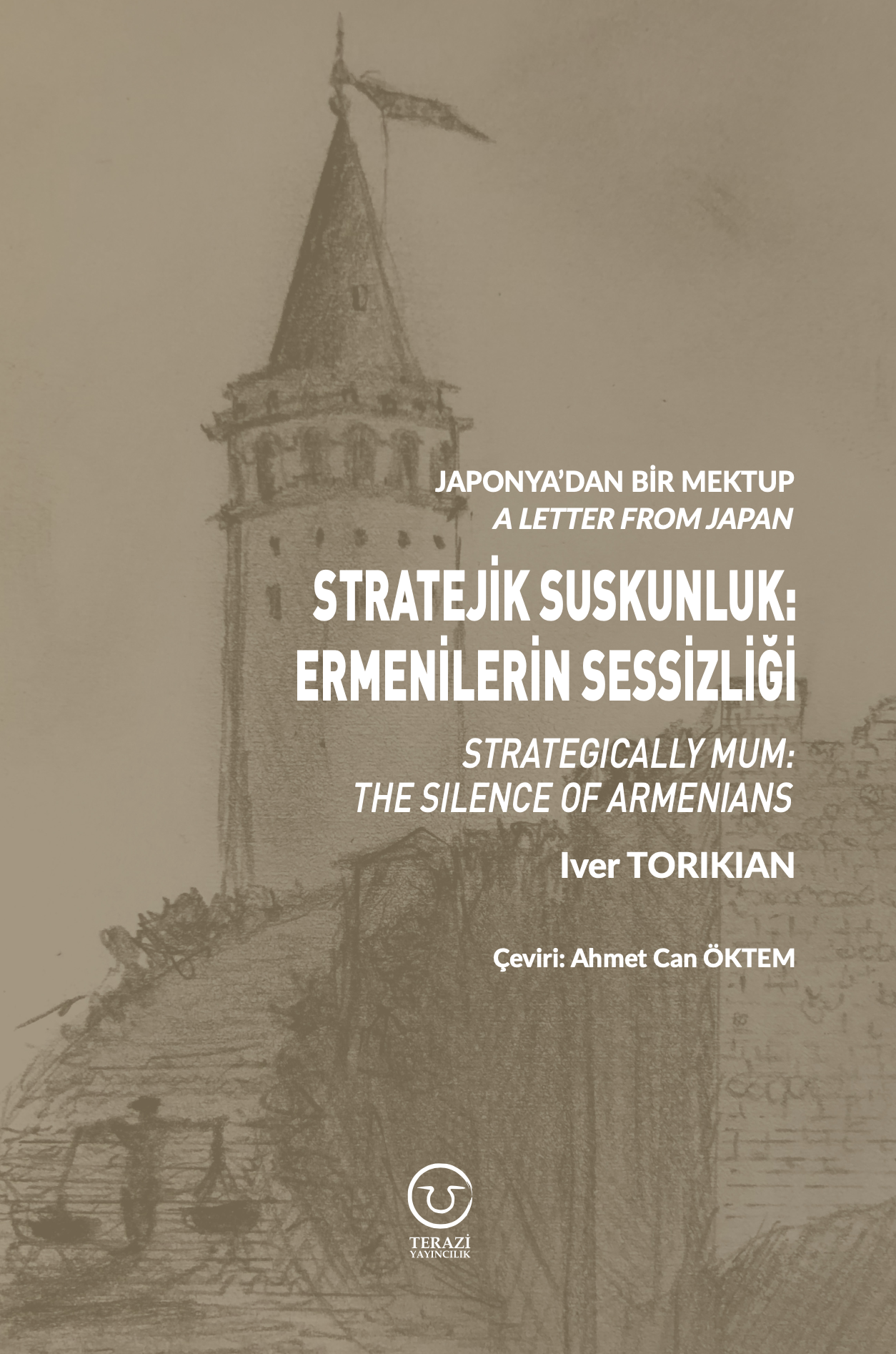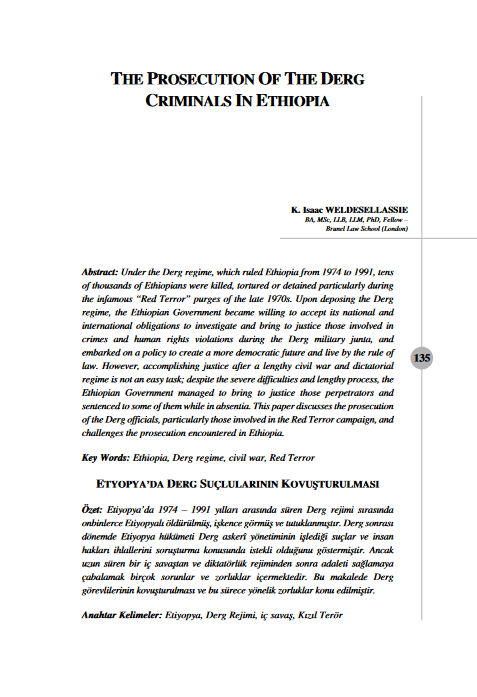EurActiv (25 November 2019)
Electricity production from coal is on track to fall by around 3% globally in 2019 – the largest drop on record – with Western European countries leading the charge, according to fresh data published on Monday (25 November).
The European Union has seen an “unprecedented” 19% year-on-year decline in coal-fired power generation in the first half of 2019, according to data published by Carbon Brief, a climate analysis and news website.
Western European countries are leading the charge, with coal use falling 22% year-on-year in Germany, and up to 79% in Ireland.
Coal represented less than 2% of the electricity mix in Ireland, France and the UK, and only 6% in Spain and Italy, across the first half of 2019. In May, the UK even switched off all its coal plants for two weeks, a first since the industrial revolution began.
And the trend is accelerating in the second half of the year to an estimated 23% fall in 2019, according to Carbon Brief.
UK breaks coal-free power generation record by huge margin
Coal has historically been at the cornerstone of the UK’s electricity mix, but the first three months of 2019 saw the electricity grid clock up 650 hours of coal-free generation – more than was achieved during the entirety of 2017. EURACTIV’s media partner edie.net reports.
Half renewables, half gas
In Europe, the fall is primarily attributed to the EU’s carbon cap-and-trade system, the Emissions Trading Scheme. Prices on the EU carbon market have risen from around €5 in 2017 to around €25 per tonne of CO2 emitted in 2019, pushing coal plants to halt production.
“It’s basically down to the EU ETS,” said Simon Evans, deputy editor at Carbon Brief. “That’s the main driver for people not to run their coal plants at full power,” he told EURACTIV.
Other factors include the expansion of wind and solar power, energy efficiency measures, and the availability of gas power capacity to replace coal, Evans said.
In Europe, “around half the fall in coal reflects the impact of new wind and solar,” Carbon Brief said, while “the other half is due to a switch from coal to gas”.
Decline slower in Central and Eastern Europe
The fall in coal power output is much smaller in Central and Eastern Europe, however. This is due to “near-zero installations of wind and solar” plants as well as “limited” gas capacity to replace coal, the study found.
“The coal-gas switch has happened as the carbon price in the EU Emissions Trading System rose above €20 per tonne of CO2 and gas prices fell, pushing gas generation to be cheaper than coal throughout 2019.”
But because few new gas plants are being built in Europe, “further coal-gas switching will be constrained in subsequent years,” Carbon Brief said.
“Coal-to-gas switching does cut CO2,” Evans acknowledged, “but it’s a one time improvement,” he cautioned. Countries aiming for carbon neutrality “have to go beyond that” with a combination of energy efficiency measures to reduce consumption and renewables, he told EURACTIV.
In the future, wind and solar are expected to be “the driving factor displacing not only coal generation but also output from gas,” Carbon Brief said – as long as demand growth remains flat or negative.
Renewable energies chip away at coal power, stats show
New wind, solar and biomass power generation displaced hard coal last year – especially in Germany, France and the UK – according to a 2018 review of European electricity statistics by two leading energy policy think tanks.
China, India and the US
Elsewhere, the study noted a flattening of coal growth in China and “a sharp turnaround in India, where coal power output is on track to fall for the first time in at least three decades”.
The reasons for drop vary from country to country but include increased electricity generation from renewables, nuclear and gas, as well as slowing or negative power demand growth.
In North America, about 60% of the fall in coal came from switching to gas, as coal plants closed and new gas plants opened.
[Edited by Zoran Radosavljevic]
No comments yet.
- MFA TALKS ON EXCHANGE OF VISITS OF AZERBAIJANI, ARMENIAN JOURNALISTS The Caucasus and Turkish-Armenian Relations 25.11.2019
- FORMING FRIENDSHIP GROUP WITH SINGAPORE TO BE DISCUSSED AT ARMENIAN PARLIAMENT The Caucasus and Turkish-Armenian Relations 25.11.2019
- ABADI SLAMS US VP PENCE’S UNANNOUNCED VISIT TO IRAQ Iraq 25.11.2019
- PRESIDENT TRUMP, PROVE TO CHINA THAT YOU’LL STAND UP FOR DEMOCRACY AND HUMAN RIGHTS Asia - Pacific 25.11.2019
-
 GREECE CAUGHT IN US-CHINA CONFLICT ON 5G
The Balkans
25.11.2019
GREECE CAUGHT IN US-CHINA CONFLICT ON 5G
The Balkans
25.11.2019
-
25.01.2016
THE ARMENIAN QUESTION - BASIC KNOWLEDGE AND DOCUMENTATION -
12.06.2024
THE TRUTH WILL OUT -
27.03.2023
RADİKAL ERMENİ UNSURLARCA GERÇEKLEŞTİRİLEN MEZALİMLER VE VANDALİZM -
17.03.2023
PATRIOTISM PERVERTED -
23.02.2023
MEN ARE LIKE THAT -
03.02.2023
BAKÜ-TİFLİS-CEYHAN BORU HATTININ YAŞANAN TARİHİ -
16.12.2022
INTERNATIONAL SCHOLARS ON THE EVENTS OF 1915 -
07.12.2022
FAKE PHOTOS AND THE ARMENIAN PROPAGANDA -
07.12.2022
ERMENİ PROPAGANDASI VE SAHTE RESİMLER -
01.01.2022
A Letter From Japan - Strategically Mum: The Silence of the Armenians -
01.01.2022
Japonya'dan Bir Mektup - Stratejik Suskunluk: Ermenilerin Sessizliği -
03.06.2020
Anastas Mikoyan: Confessions of an Armenian Bolshevik -
08.04.2020
Sovyet Sonrası Ukrayna’da Devlet, Toplum ve Siyaset - Değişen Dinamikler, Dönüşen Kimlikler -
12.06.2018
Ermeni Sorunuyla İlgili İngiliz Belgeleri (1912-1923) - British Documents on Armenian Question (1912-1923) -
02.12.2016
Turkish-Russian Academics: A Historical Study on the Caucasus -
01.07.2016
Gürcistan'daki Müslüman Topluluklar: Azınlık Hakları, Kimlik, Siyaset -
10.03.2016
Armenian Diaspora: Diaspora, State and the Imagination of the Republic of Armenia -
24.01.2016
ERMENİ SORUNU - TEMEL BİLGİ VE BELGELER (2. BASKI)
-
AVİM Conference Hall 24.01.2023
CONFERENCE TITLED “HUNGARY’S PERSPECTIVES ON THE TURKIC WORLD"









